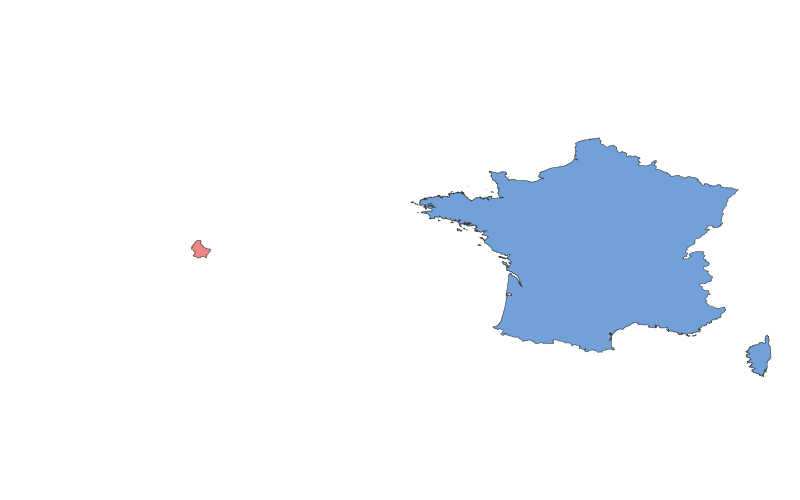Luxembourg vs. France: A Geographical Comparison

Comparison Table
| Category | Luxembourg | France |
|---|---|---|
| Location | Western Europe, bordered by Belgium, Germany, and France | Western Europe, bordered by Belgium, Luxembourg, Germany, Switzerland, Italy, Spain, and Andorra |
| Size | 2,586 km² (one of the smallest countries) | 643,801 km² (largest country in the EU) |
| Climate | Temperate maritime, mild winters and cool summers | Varied: oceanic (west), Mediterranean (south), continental (east) |
| Natural Resources | Iron ore, arable land | Coal, iron ore, bauxite, uranium, timber, arable land |
| Urban Development | Highly urbanized, with Luxembourg City as the capital | Diverse urban and rural areas, Paris as the capital |
| Transportation | Efficient public transport, extensive road networks | Extensive high-speed rail (TGV), highways, and airports |
Description
Luxembourg
Luxembourg is a small, landlocked country in Western Europe, known for its high standard of living and as a global financial hub. Historically, it has been influenced by its neighbors, particularly Germany and France, which is reflected in its multilingual culture (Luxembourgish, French, and German are official languages). The economy is heavily reliant on banking, steel, and technology sectors. Despite its small size, Luxembourg boasts picturesque landscapes, including the Ardennes forests and the Moselle Valley.
France
France is the largest country in the European Union, with a diverse geography ranging from the Alps to the Mediterranean coast. It has a rich history, from ancient Gaul to the French Revolution, and is a global leader in art, fashion, and cuisine. The economy is diversified, with strengths in tourism, agriculture, aerospace, and luxury goods. France is also known for its high-speed rail network and iconic landmarks like the Eiffel Tower and the Louvre. Culturally, France has a profound influence worldwide, with French being a major international language.